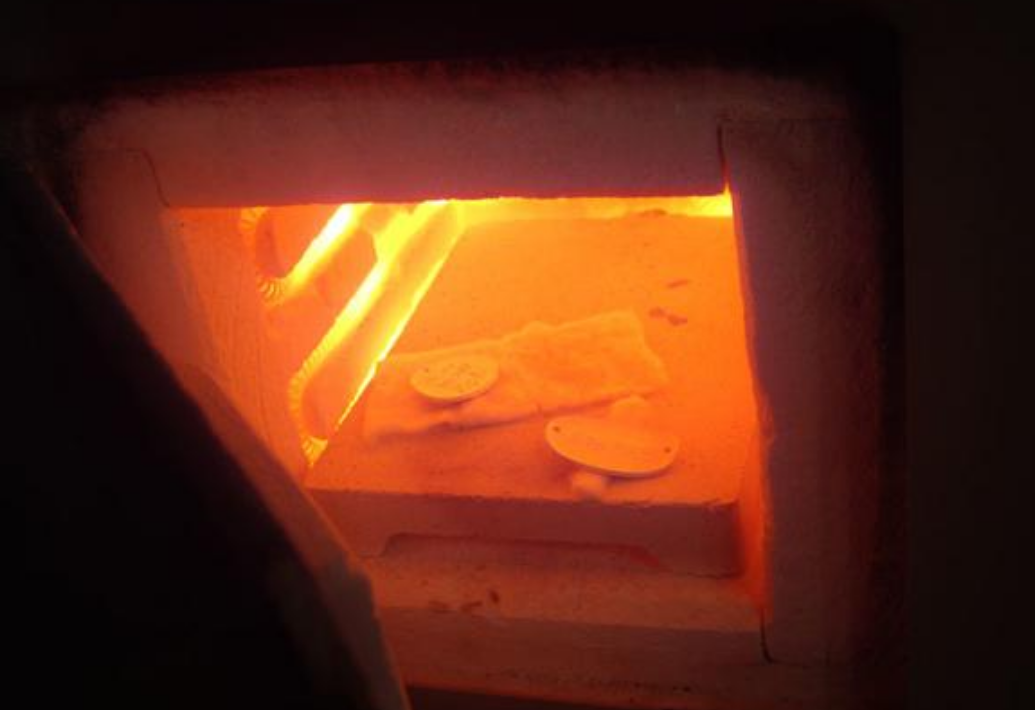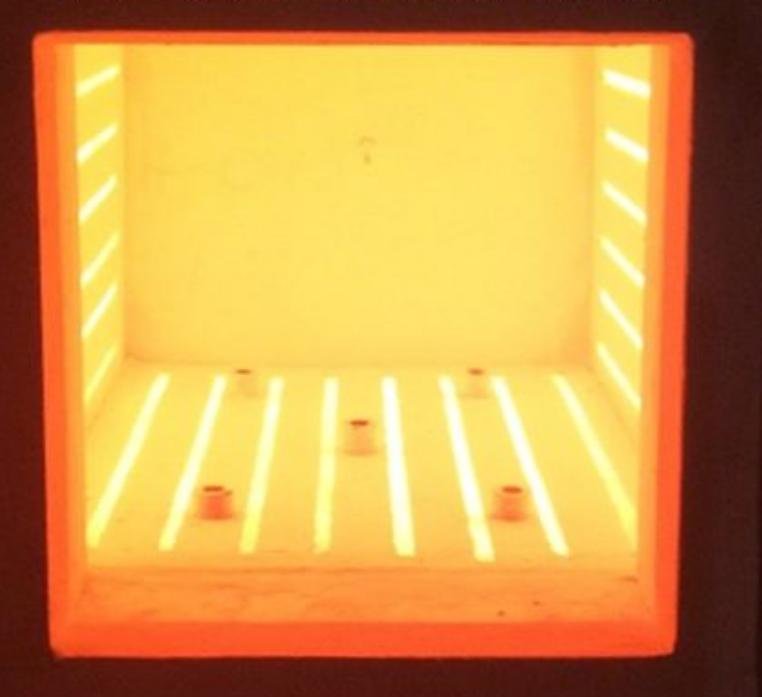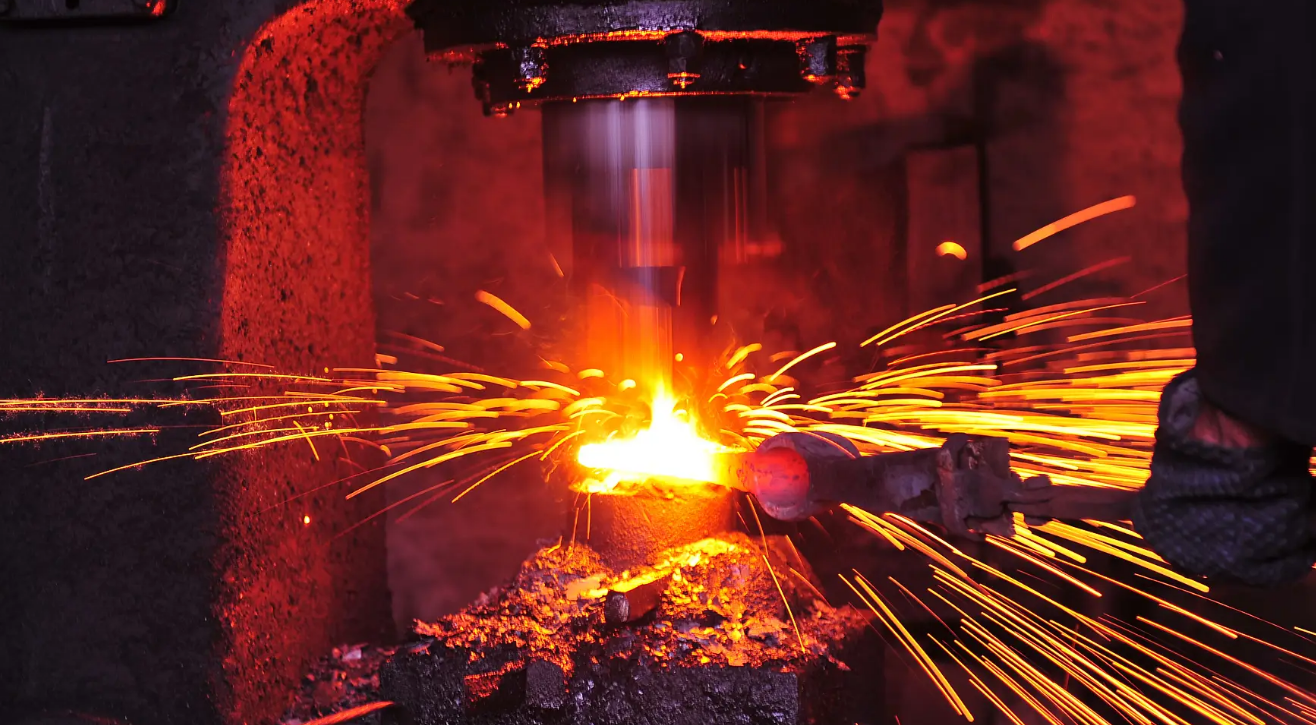The sintering process of zirconia ceramics
Zirconia ceramics, with their outstanding wear resistance, high strength, high toughness and excellent thermal insulation performance, have become shining stars in many high-tech fields. And the source of all these outstanding performances is largely attributed to its precise sintering process. This article will take you on an in-depth exploration of the sintering methods and processes of zirconia ceramics, revealing the technological charm hidden behind them.

I. Overview of Zirconia Ceramic Sintering Process
The sintering process of zirconia ceramics is a crucial step in transforming zirconia powder into a dense and hard ceramic structure through a series of complex and meticulous steps. This process not only determines the final performance of ceramic materials, but also directly affects their application fields and service life.
Second, multiple sintering methods to meet different demands
Conventional sintering: As the most commonly used sintering method, conventional sintering is heated in a traditional electric furnace. By introducing sintering AIDS, it promotes the rearrangement and viscous flow of particles, thereby obtaining dense products. This method is applicable to ceramic materials and products with common performance requirements, and it has the advantages of low cost and simple operation.
Hot-pressing sintering: In hot-pressing sintering, single-phase or double-phase pressure is applied at high temperatures. By taking advantage of the interaction between temperature and pressure, the viscosity and plastic flow of particles are enhanced, thereby obtaining products with almost no pores. Although this method is relatively convenient for manufacturing products with simple shapes, it limits its application scope.

Hot isostatic pressing sintering: Hot isostatic pressing sintering uses inert gas as the pressure transmission medium to apply equal pressure in all directions to the product for pressing sintering treatment. The products produced by this method have uniform density, excellent mechanical properties and isotropy. It is a commonly used sintering method for high-performance ceramic products.
Microwave sintering: Microwave sintering utilizes the dielectric loss of ceramic materials in microwave electromagnetic fields to ensure uniform heating of the entire material, a small internal temperature gradient, and fast heating and sintering speeds. This method is applicable to most ceramic materials, but it is necessary to pay attention to a reasonable insulation design to avoid uneven sintering of the samples.
Iii. Detailed Explanation of Sintering Process: From Initial to Densification
The sintering process of zirconia ceramics can be roughly divided into three stages:
In the early stage of sintering: At this stage, zirconia ceramic particles start to bond, and the contact points between the particles gradually form sintering necks through processes such as nucleation and grain growth. At this point, the linear shrinkage rate of ceramics is generally around 2 to 3%, and there is no obvious densification process.

In the middle stage of sintering: As the sintering neck gradually grows larger, the distance between particles continuously decreases, eventually forming a continuous pore network. The size of the grains keeps increasing, and both the density and strength of the particles are enhanced. The linear shrinkage rate of the entire molded body exceeds 10%.
In the later stage of sintering: The pores between the particles continuously spheroidize and shrink, and most of the pores are separated to form closed pores. The substances on the grain boundaries continue to migrate towards the pores, promoting the continuous growth of the grains. At this stage, the pores decrease, the shrinkage rate further reduces, and the density of the ceramic is very high.
Iv. Optimization and Innovation of Sintering Process
With the advancement of technology, the sintering process of zirconia ceramics is constantly being optimized and innovated. For instance, new sintering methods such as electric field sintering, activated sintering, ultra-high pressure sintering and activated hot-pressing sintering not only enhance the sintering efficiency but also endow zirconia ceramic materials with properties that cannot be achieved under conventional sintering processes.
V. Conclusion
The sintering process of zirconia ceramics is the cornerstone of their outstanding performance and exquisite structure. By constantly exploring and optimizing sintering methods and processes, we can not only meet the growing demand for high-performance ceramic materials in the high-tech field, but also promote the development of materials science to a higher level. Choosing zirconia ceramics means choosing the perfect combination of outstanding performance and exquisite structure!